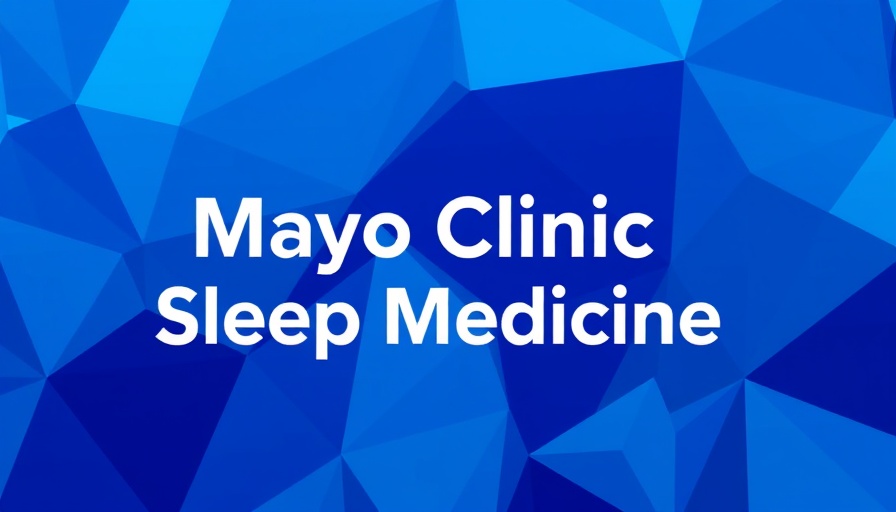
Growing Trend in Remote Patient Monitoring
Remote patient monitoring (RPM) has been making waves in the healthcare industry, showing significant growth as illustrated by recent statistics. Medicare spending on RPM services skyrocketed from just $15 million in 2019 to over $300 million in 2022. This reflects a monumental shift towards embracing technology in patient care, helping individuals with conditions such as hypertension, diabetes, and other chronic diseases manage their health more effectively.
Regulatory Oversight Needed
While the Centers for Medicare & Medicaid Services (CMS) are expanding coverage for RPM, concerns about potential abuse in this rapidly growing sector remain unaddressed. Critics argue that the absence of safeguards may lead to overutilization of services and billing fraud, compromising the integrity of patient care. Despite the benefits of RPM, such as improving health outcomes and allowing for better management of conditions, the lack of regulatory guardrails could undermine these very advantages.
Importance of Guardrails in Healthcare Innovations
Introducing effective policies is essential to ensure that innovative health technologies serve their intended purposes without risking patient safety or leading to financial abuse. As technological advancements enhance the healthcare landscape, it is vital to establish robust frameworks that maintain quality standards and protect vulnerable populations. Without them, we risk jeopardizing the gains achieved through remote patient monitoring initiatives.
Future of Remote Monitoring
The expansion of RPM services represents a pivotal moment for healthcare technology, offering promising solutions to many patients. However, moving forward, it is crucial that healthcare regulators act decisively to implement necessary guardrails. This will not only enhance trust in these innovations but also ensure that they fulfill their potential to revolutionize healthcare delivery while safeguarding patients.
With RPM continuing to rapidly evolve, staying informed about its developments and implications is vital for both patients and providers alike. As this technology takes center stage, let’s advocate for responsible and ethical use that prioritizes patient care and safety. By emphasizing the need for oversight, we can help shape a future where health technology truly benefits everyone.
 Add Row
Add Row  Add
Add 




Write A Comment